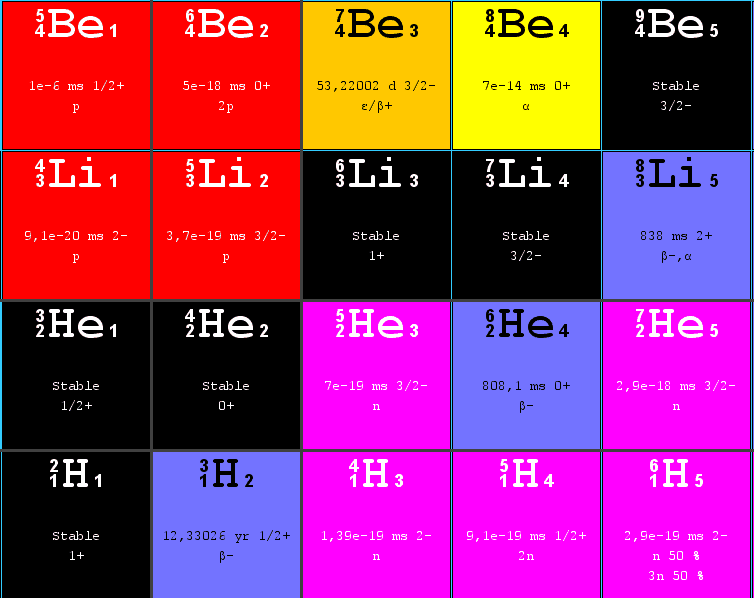
Since now the star has only a tiny fraction of its former radius, it will have a high rotational speed, that will over time slow down. If the star remnant has around 3 solar masses, it will further collapse to become a black hole. The stellar remnant which is left becomes a neutron star. The infalling outer envelope of a star is halted and flung outwards by a flux of neutrinos produced in the creation of the neutrons, becoming a supernova. When densities reach a critical state, a combination of strong force repulsion and neutron degeneracy pressure halts the contraction.

Temperatures continue to rise and thus electrons and photons combine to form neutrons via electron capture, releasing a flood of neutrinos. The higher temperature causes photodisintegration. Further deposits of mass from shell-burning causes the core to exceed the Chandrasekhar limit.Įlectron-degeneracy pressure is overcome and the core collapses further, causing temperatures to rise higher. When all nuclear fuel in the core is exhausted, the core must be supported by degeneracy pressure alone. As the star evolves away from the main-sequence subsequent nuclear burning produces an iron-rich core. These stars are so dense, that a normal-sized matchbox containing neutron-star material would weigh about 3 billion tonnes.Īny main-sequence star with an initial mass of above 8 solar masses, has the potential to become a neutron star.The gravitational field on a neutron star’s surface is 200 billion times that of Earth’s.Neutron stars have powerful magnetic fields, around 100 million to 1 quadrillion times stronger than Earth’s magnetic field.Neutron stars no longer actively generate heat after formation, and they cool over time, though they may still evolve further through collision or accretion.Some good examples of neutron stars are PSR J0108-1431 and PSR B1509-58.Only neutron stars that have high spin rates and more than three solar masses may resist the black hole process-phase.It is possible for neutron stars to further collapse into black holes if they have more than 3 solar masses.Neutron stars consist of neutron particles that are a bit more massive than photons with no electrical charge.

Neutron stars live up to around 100,000 to 10 billion years.These tiny stars have temperatures of around 600.000 K, however, they aren’t very luminous.Neutron stars have a prevalence of around 0.7% and are usually of spectral type D.They are basically the stellar corpse of a massive star when it goes supernova.Neutron stars result out of supernova explosions of massive stars, combined with gravitational collapse, which compresses the core past the white dwarf star density, to that of an atomic nucleus.Neutron stars typically have a radius of 10 km / 6.2 mi and a mass of around 1.4 to 3.2 solar masses.Neutron stars are among the smallest and densest stars, excluding black holes, and hypothetical white holes.


 0 kommentar(er)
0 kommentar(er)
